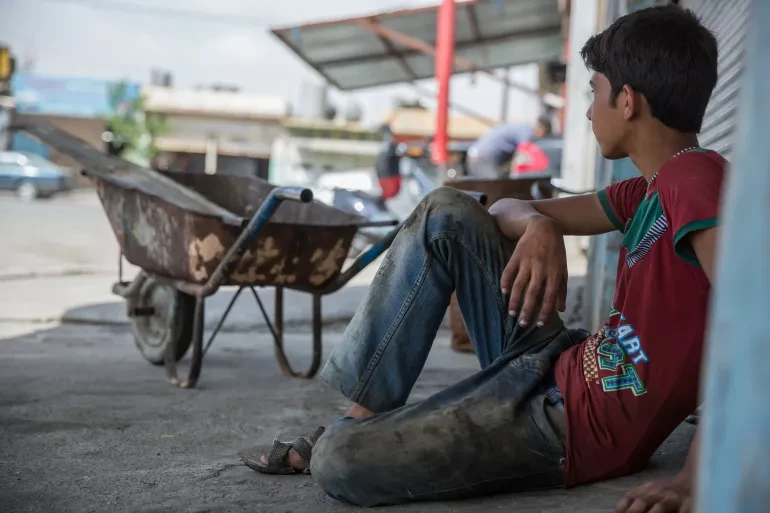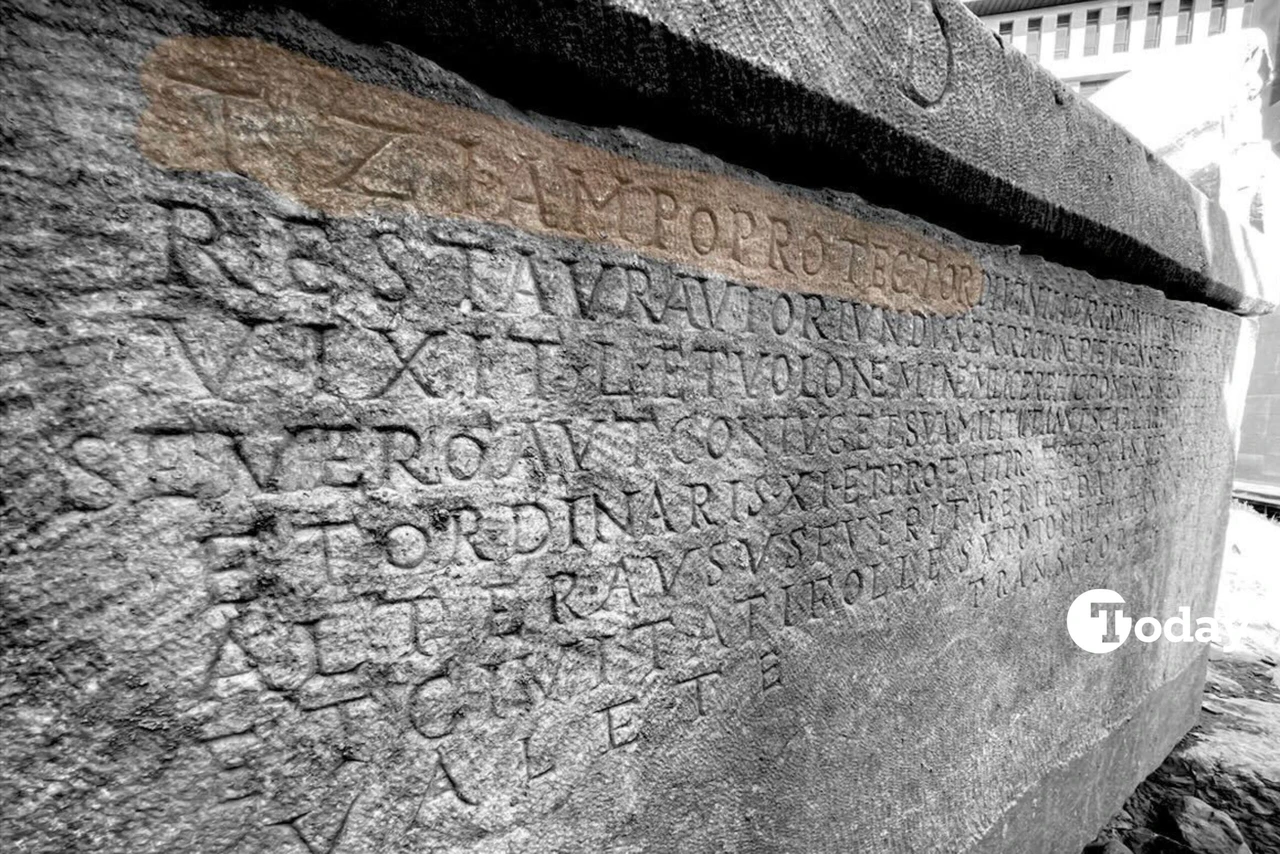Religious ritual tablet written in ancient Kalashma unveiled in Türkiye’s Hattusa
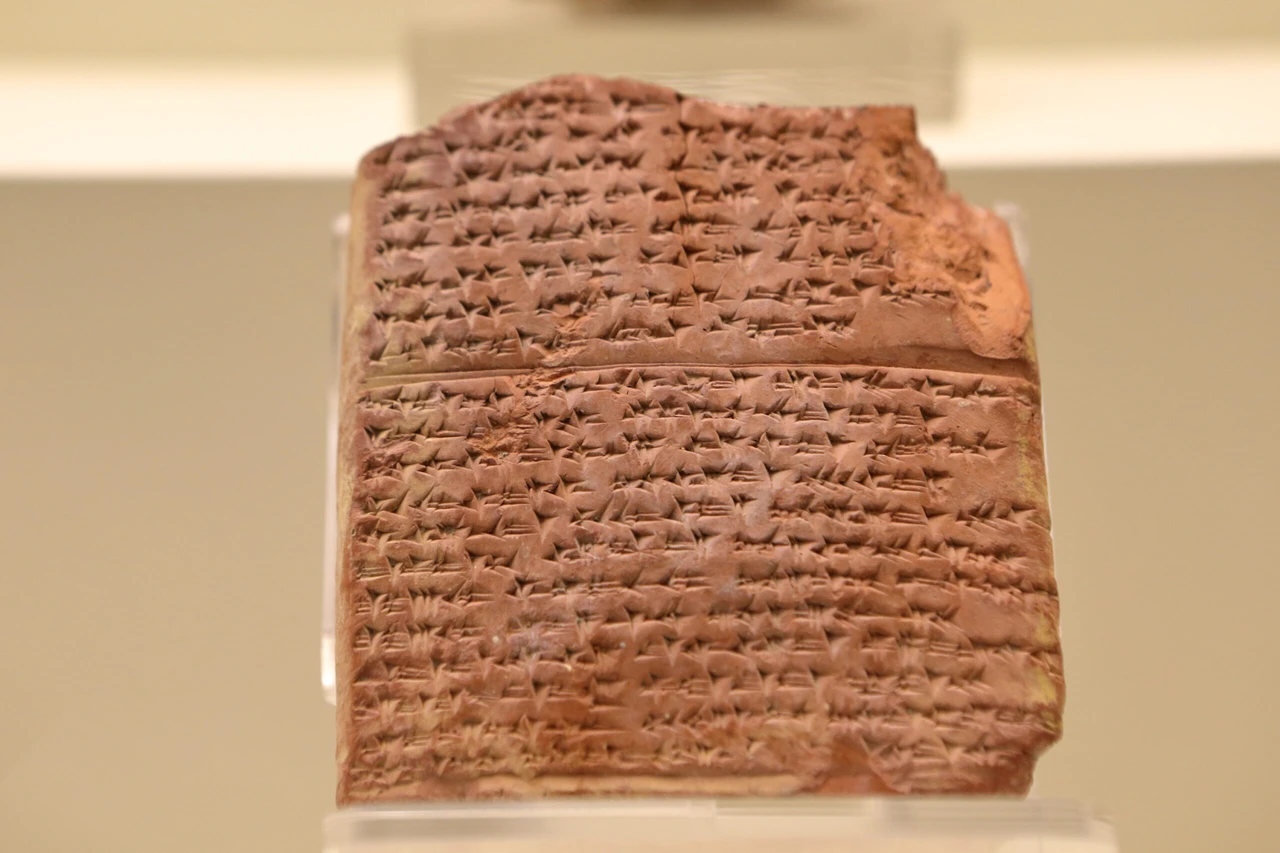 Tablet discovered during the excavation at Hattusha Ruins, the capital of the Hittites in Bogazkale district of Corum, which led to the discovery of a new language, is now on display at Boğazkale Museum, Türkiye, August 28, 2024 (AA Photo)
Tablet discovered during the excavation at Hattusha Ruins, the capital of the Hittites in Bogazkale district of Corum, which led to the discovery of a new language, is now on display at Boğazkale Museum, Türkiye, August 28, 2024 (AA Photo)
An extraordinary discovery at the Hattusha Ruins in Türkiye’s Bogazkale district has shed light on a previously unknown language, Kalashma, and an ancient religious ritual.
The tablet, which was unearthed during an excavation led by professor Andreas Schachner from the German Archaeological Institute, is now displayed at the Bogazkale Museum.
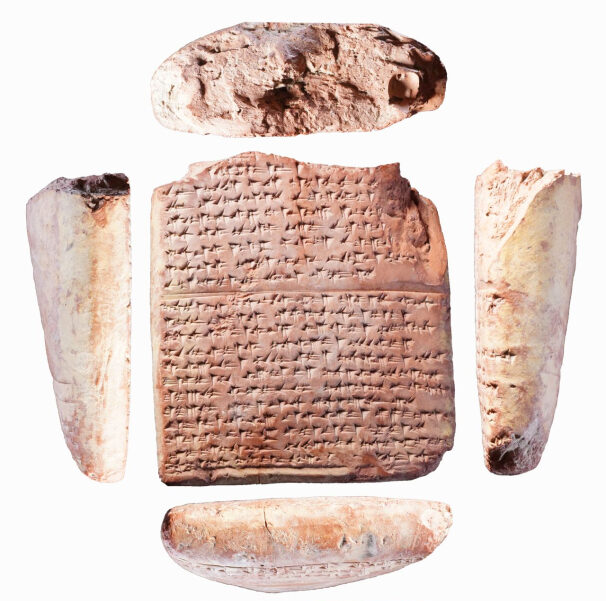
Discovery of new language in heart of Anatolia
The Hittite capital of Hattusha, one of the earliest civilizations in Anatolia, continues to reveal its secrets. During last year’s excavation, archaeologists discovered a tablet that contains inscriptions in both Hittite and a language from the Indo-European language family, believed to belong to the long-lost Kalashma region.
Measuring approximately 15 centimeters in length and 8 centimeters in width, the tablet underwent extensive scientific examination before being handed over to the Bogazkale Museum for public display.
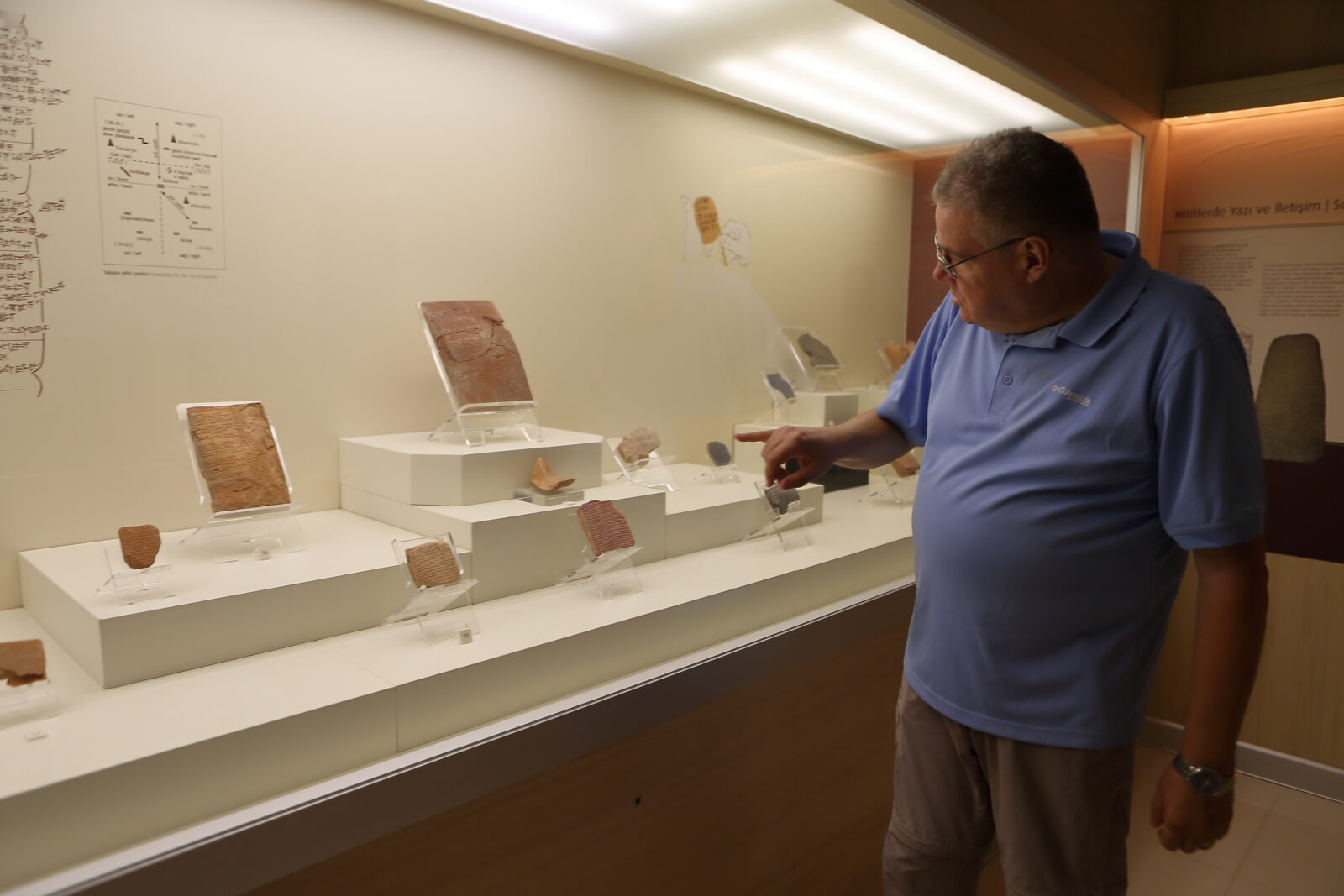
Rare glimpse into Anatolia’s multilingual past
Professor Andreas Schachner emphasized the significance of this discovery, stating that the museum has acquired a unique cuneiform tablet that offers a rare glimpse into the multilingual and multicultural mosaic of ancient Anatolia.
Among the 30,000 cuneiform tablets found in Bogazkale, this one stands out due to its bilingual nature, with the Hittite introduction instructing the reader to continue in the ancient language. This instruction has allowed researchers to pinpoint the region from which this language originated.
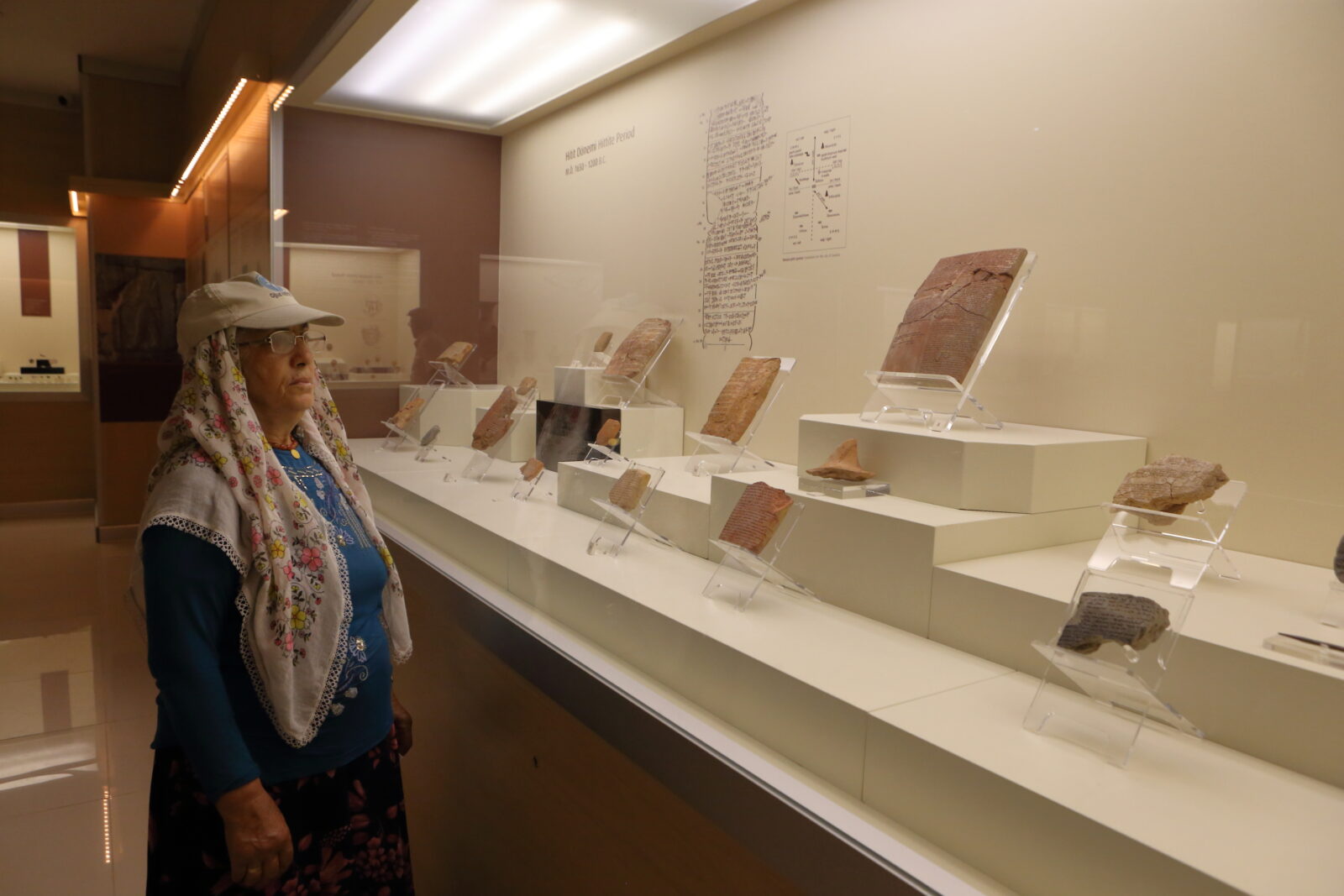
Kalashma ritual for weather god unveiled in Bogazkale Museum
The section of the tablet written in the Kalashma language has been deciphered, revealing a fascinating ritual dedicated to the weather god.
“The text clearly outlines a call to the weather god, with the expectation of a favorable response. The Hittite section of the tablet indicates that sacrifices were made to ensure the god’s reply,” said Schachner.
This discovery not only enriches our understanding of the Hittites but also highlights the cultural and linguistic diversity that existed in ancient Anatolia.
This extraordinary find from the heart of Türkiye continues to attract attention from scholars and visitors alike. As the Bogazkale Museum showcases this ancient artifact, it stands as a testament to the rich history of the region, offering a deeper understanding of the rituals and languages that shaped the ancient world.


